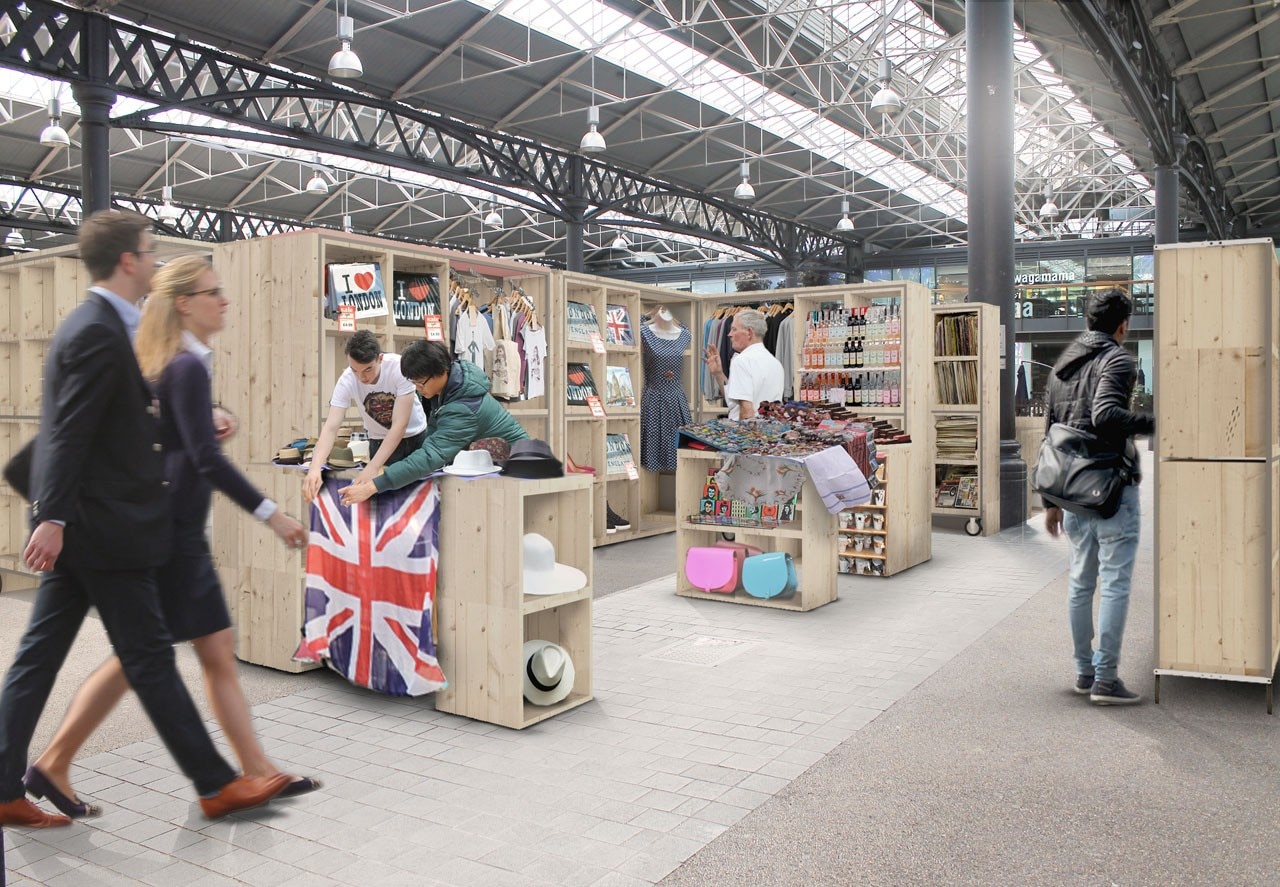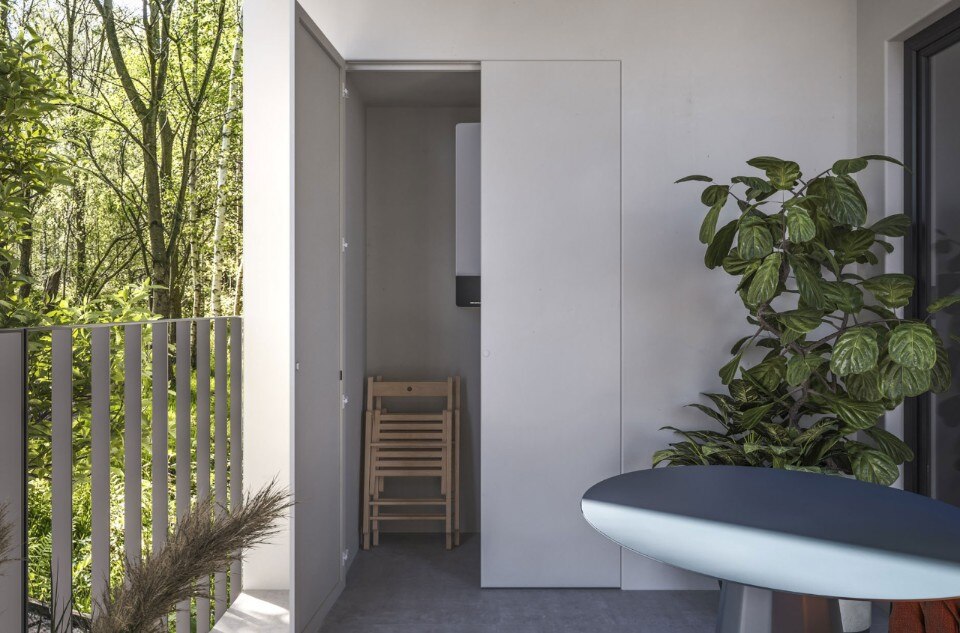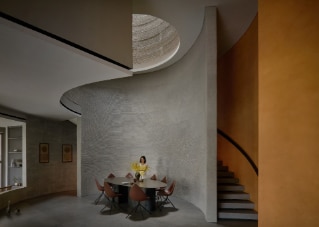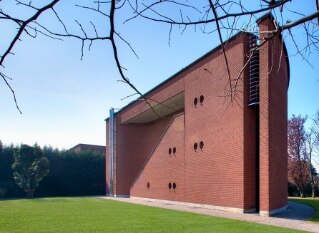A new vision for the future of architectural process has been trialled at this year’s London Festival of Architecture. Cloud Architecture were in residence for two weeks in a pop-up studio at the heart of Old Spitalfields Market to investigate how to enhance the appeal of this historic part of the capital.
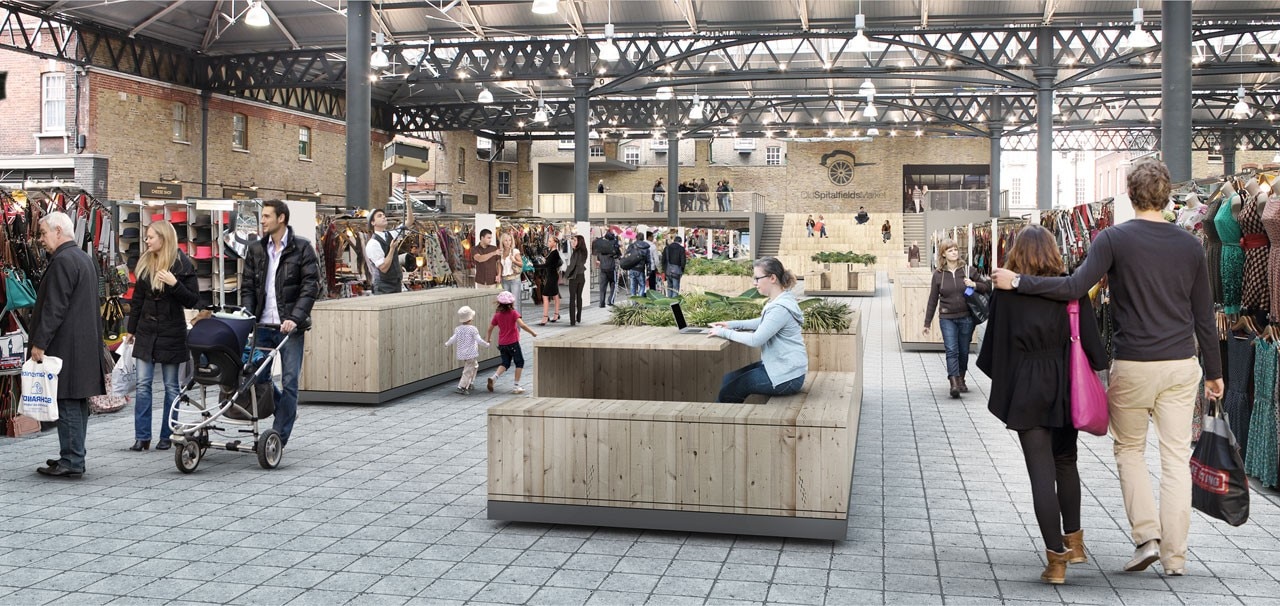
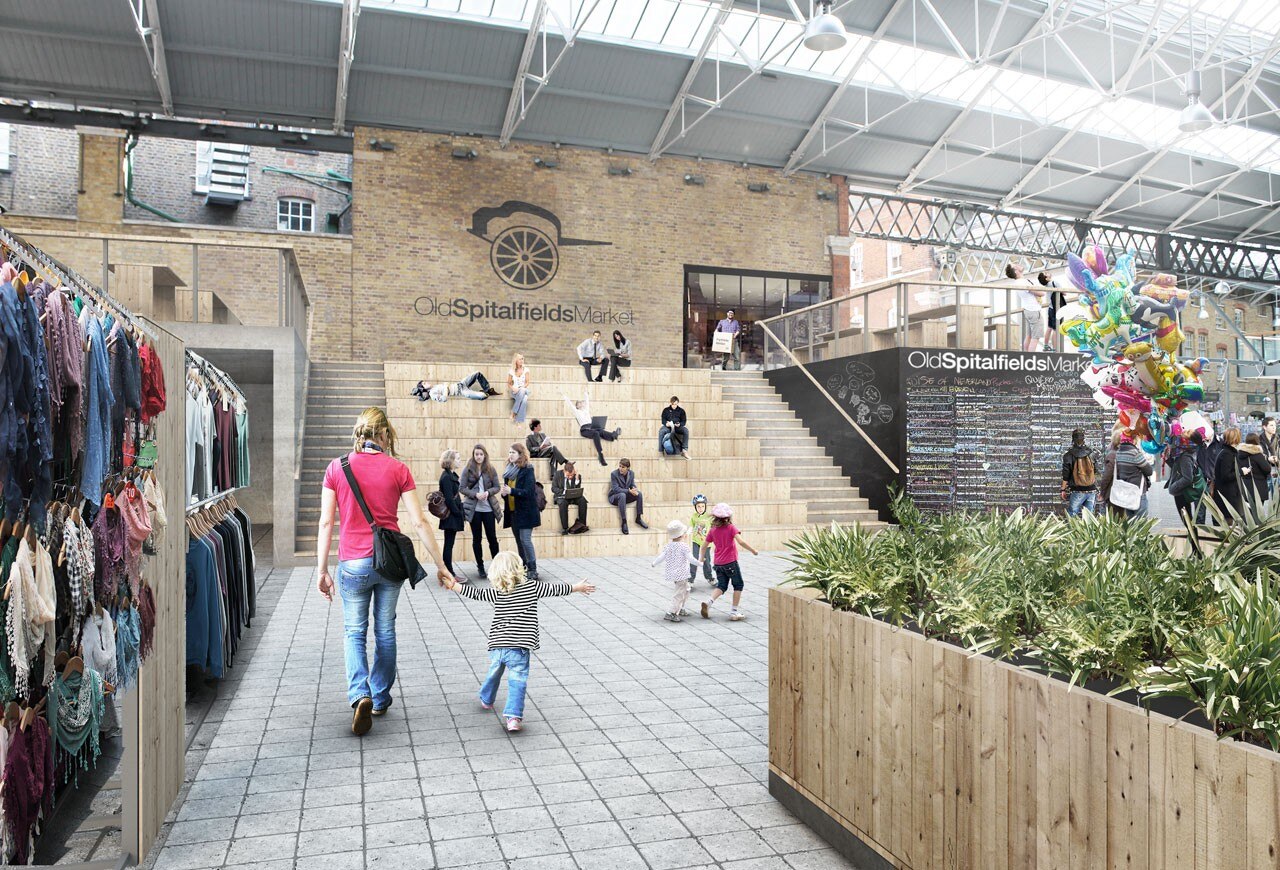
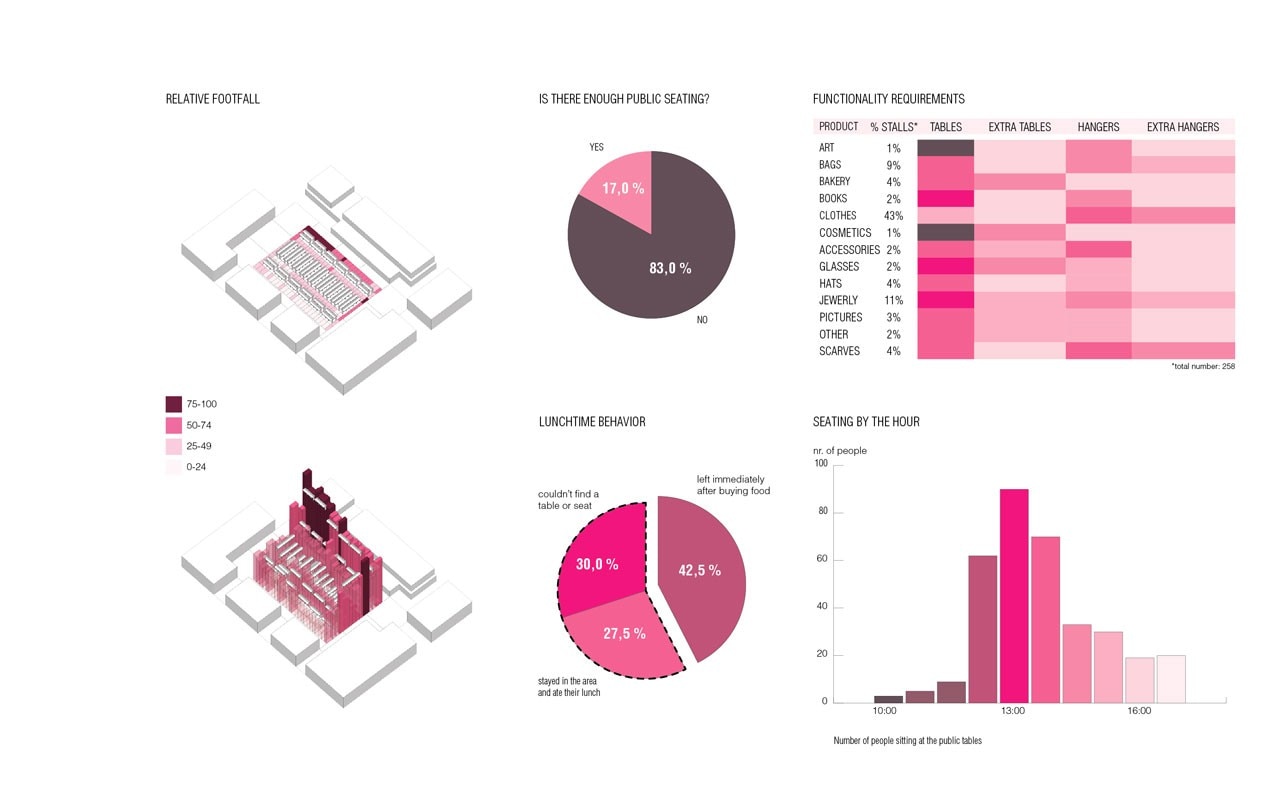
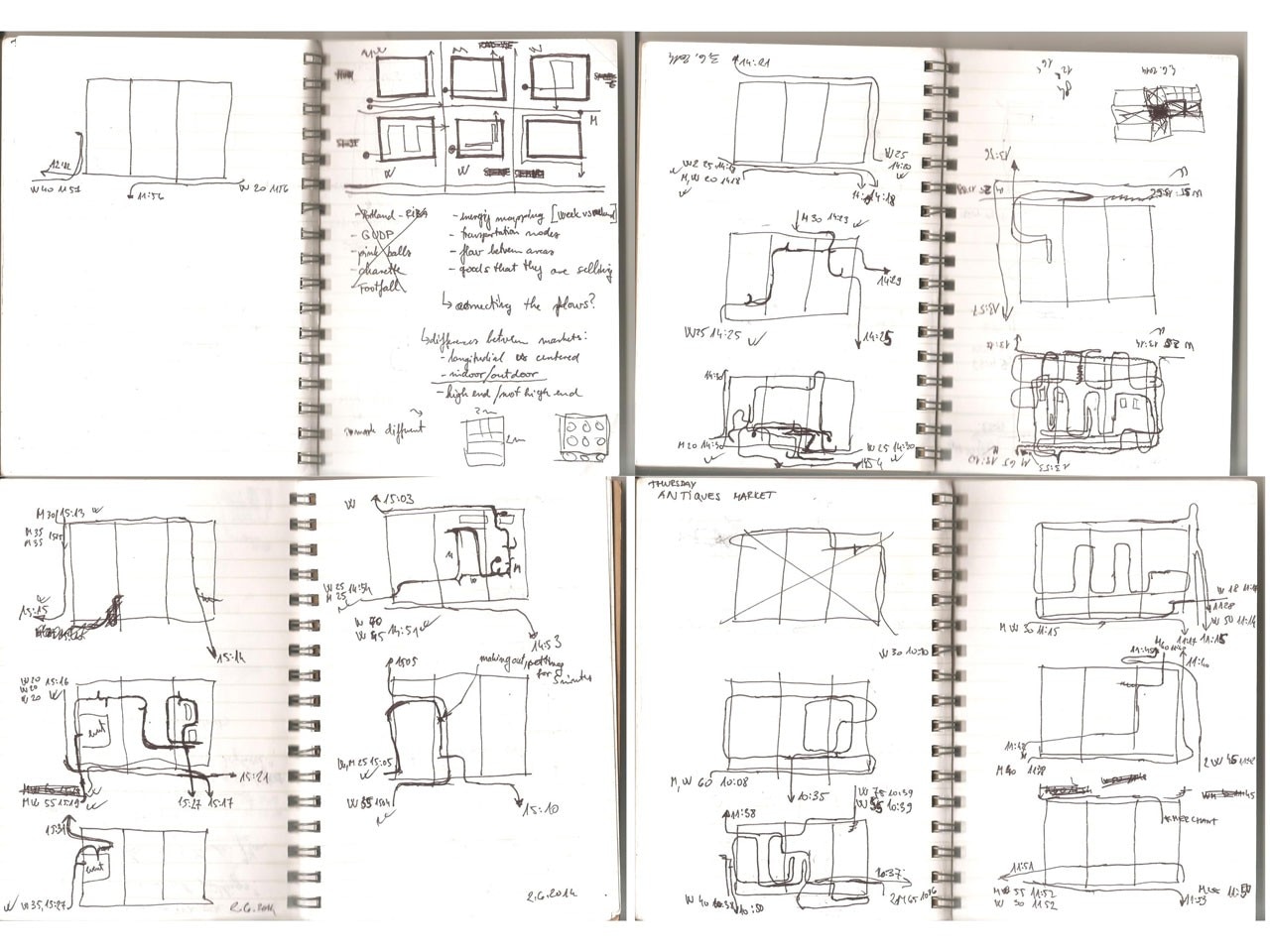
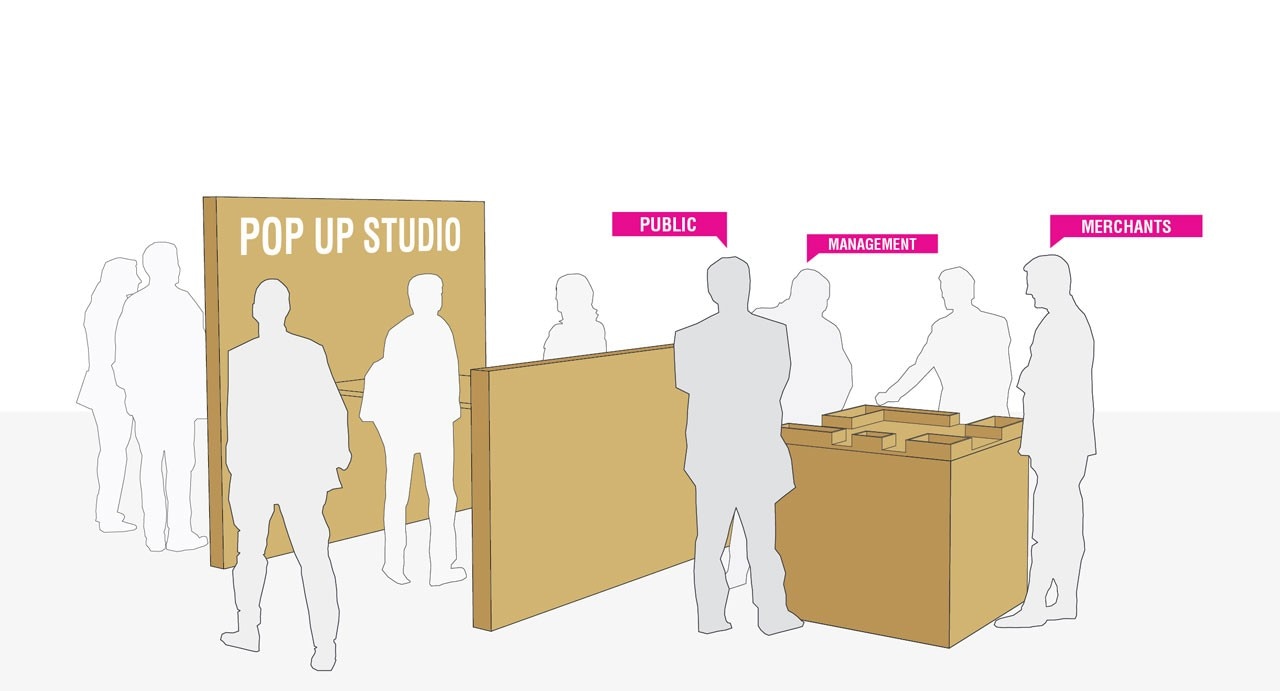
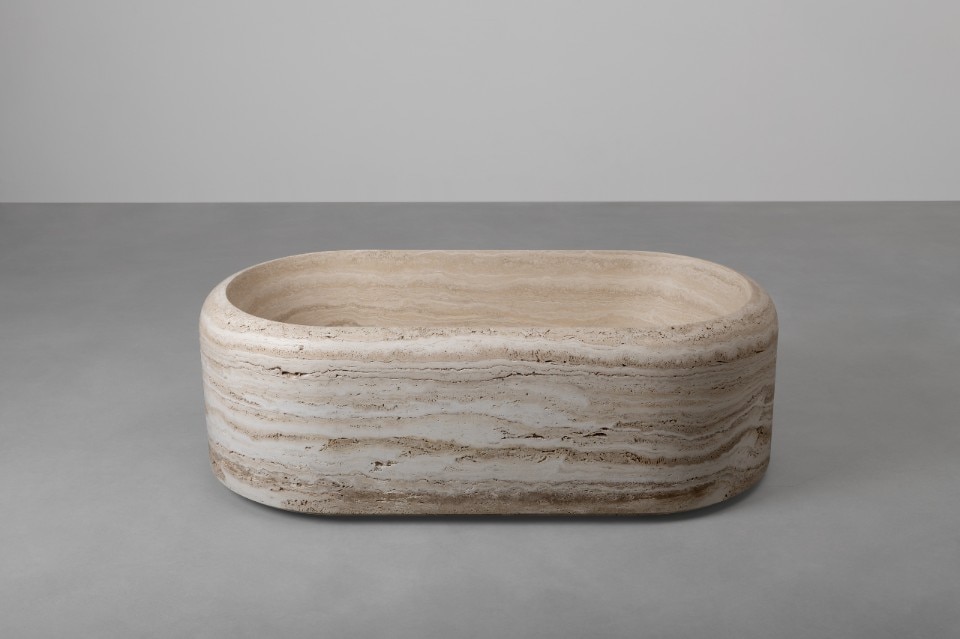
Designing from a single gesture: Vaselli’s latest collection
The Hoop series translates a morphological gesture into a family of travertine bathroom furnishings, where the poetry of the material meets the rigor of form.


